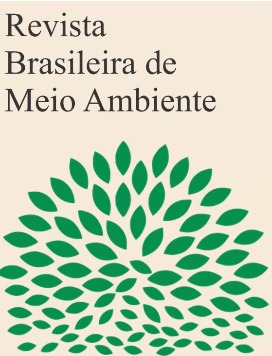July 19, 2023
Article Structure
Information on the Required Article StructureArticles must contain the following mandatory sections: Introduction, Material and Methods, Results and Discussion, Conclusion, Acknowledgments, and References.
Note: The Results and Discussion sections can be separated into individual sections if the researcher prefers.
For bibliographic and/or literature reviews, the manuscript must include: Introduction, Development, Conclusions or Final Considerations, Acknowledgments, and References.
Additionally, a Material and Methods section can be added between the Introduction and Development sections or integrated within the Development itself if preferred.
Formatting Guidelines- Use Times New Roman, size 12, with section titles in bold and numbered. Subtitles should be in italic and follow secondary numbering (e.g., 1. Introduction, 1.1 Example).
- Footnotes are not accepted. Remove them prior to submission to avoid complications.
- Divide your article into clearly defined and numbered sections.
- Subsections should follow this structure: 1.1, 1.1.1, 1.1.2, etc. (e.g., 1. Introduction, 1.1 Example). The abstract is not included in this numbering system.
- Use this numbering system for internal cross-references. Do not refer to the text generically.
- Subsections can have brief titles, with each title appearing on its own separate line.
State the objectives of the work and provide appropriate background, avoiding an exhaustive literature review or a summary of results.
Material and MethodsProvide sufficient detail to allow the work to be reproduced by an independent researcher. Summarize previously published methods and reference them. If directly citing an existing method, use quotation marks and cite the source. Describe any modifications to existing methods.
ResultsPresent clear and concise findings.
DiscussionDiscuss the significance of the results without repeating them. Combining Results and Discussion into a single section is often appropriate. Avoid extensive citations or discussions of published literature.
ConclusionsHighlight the key findings of the study. This section can be independent or integrated as a subsection of the Discussion or Results and Discussion sections.
AppendicesIf multiple appendices are included, label them as A, B, etc. Number formulas and equations separately, e.g., Eq. (A.1), Eq. (A.2), and continue similarly for other appendices (e.g., Eq. (B.1)). Tables and figures should follow the same format, e.g., Table A.1, Fig. A.1, etc.
Formatting Requirements- Paper Size: A4 (210 x 297 mm), portrait layout.
- Margins: 2 cm on all sides (Top, Bottom, Left, Right).
- Text: Single column, single-spaced lines, and 1.00 cm paragraph indent.
- Font: Times New Roman 11 throughout the manuscript.
- Additional Formatting: For scientific nomenclature, names, and formulas, refer to the journal's latest issues.
Footnotes are not permitted.
Page Limits:
- Full Articles: Minimum 10 pages (including images, graphs, tables, and formulas).
- "Daily Life and Environment" Category: 4 to 8 pages.
- Articles below 4 pages or exceeding 25 pages will be rejected outright.
[Click here to return to the Author's Guide]
